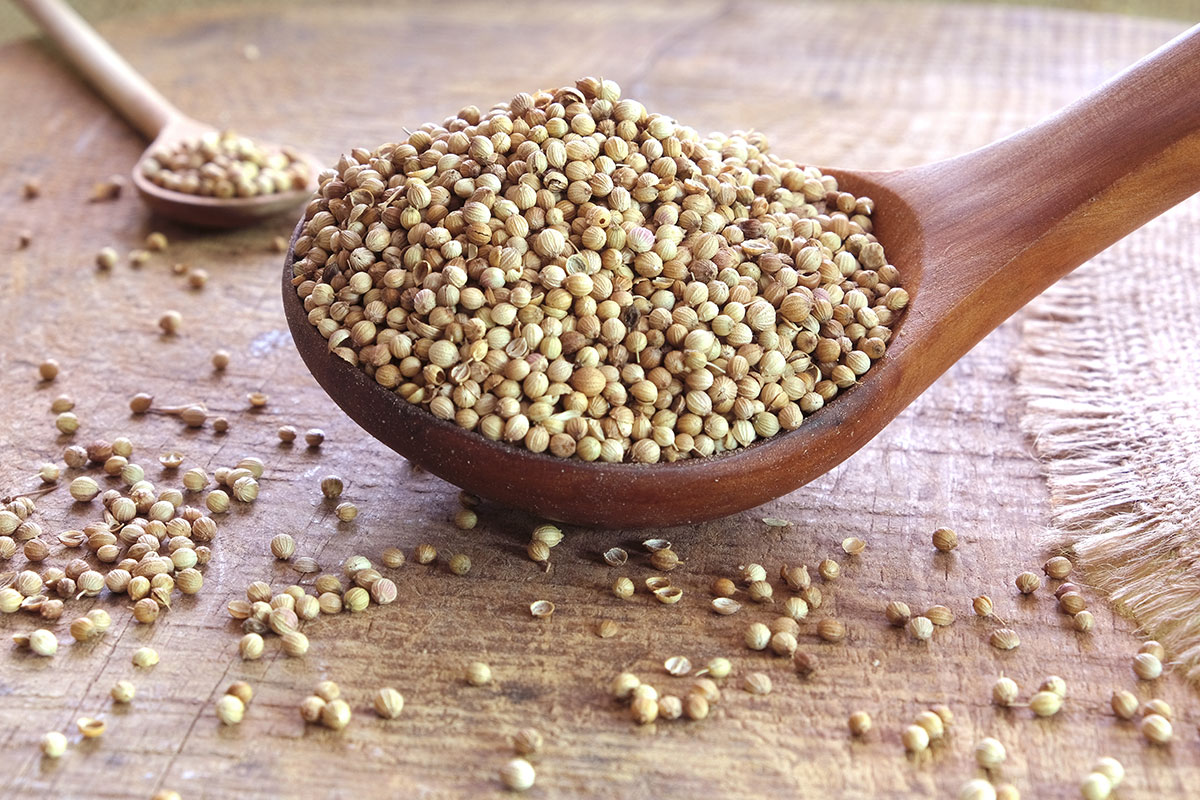5 Remarkable Insights Into Coriander Cultivation in Turkey’s Fertile Regions
Coriander is one of the world’s oldest cultivated plants, known for its aromatic appeal and extensive culinary use. Over the centuries, it has found a special place in traditional food cultures, trade routes, and agricultural development. Among the many regions that grow coriander, Turkey stands out as a major producer, blending ancient farming traditions with ideal climate conditions. With its rich soil, seasonal diversity, and long-standing agricultural heritage, Turkey plays a vital role in coriander cultivation on a regional and global scale.
Here are five compelling reasons why coriander cultivation in Turkey is both remarkable and increasingly significant.
1. Rich Agricultural Heritage Supporting Coriander Farming
Turkey’s history with coriander stretches back for centuries. In various regions, especially in Central Anatolia and Southeastern Anatolia, coriander has been grown traditionally by rural farming communities. These regions are known for their deep-rooted agricultural practices, where coriander has been part of local food culture and small-scale trade for generations.
Farmers in these areas have preserved traditional planting, harvesting, and seed-saving techniques, contributing to the preservation of high-quality plant varieties. The knowledge passed down from generation to generation has ensured not only consistency in yield but also the distinct aroma and flavor profile associated with Turkish coriander.
2. Ideal Climate and Soil Conditions
Coriander thrives in warm, sunny climates with well-drained soil—conditions that are readily available in several parts of Turkey. The provinces of Konya, Şanlıurfa, and Gaziantep are particularly well-suited for coriander cultivation. These areas enjoy long daylight hours, minimal humidity, and seasonal rainfall patterns that align well with the crop’s natural growth cycle.
The soil composition in these regions—often sandy loam or silty clay—is optimal for supporting coriander’s shallow root systems. In addition, the moderate altitude and controlled irrigation practices contribute to producing robust crops with aromatic and uniform seeds.
3. Strategic Location for Export and Trade
Turkey’s geographical location, situated at the crossroads of Europe, Asia, and the Middle East, gives coriander producers an excellent logistical advantage. Turkish coriander is well-positioned for distribution to markets across the globe. This accessibility has contributed to the growth of coriander exports in recent years, meeting rising demand from manufacturers and spice markets abroad.
Turkish coriander is sought after not only for its quality but also for its consistency in supply. Producers have adapted their harvesting schedules and storage methods to meet export standards, further solidifying Turkey’s role in the global coriander trade.
4. Sustainable and Small-Scale Cultivation Models
Unlike some large-scale monoculture models, coriander cultivation in Turkey often takes place on small to medium-sized farms. These farms frequently adopt low-impact, sustainable agricultural methods, including crop rotation and manual harvesting. This approach supports soil health and biodiversity while also providing seasonal employment for rural families.
Many Turkish farmers utilize traditional methods like natural drying under shaded areas, which helps preserve the aroma and integrity of the coriander seeds. These small-scale production methods not only support local economies but also appeal to global markets looking for ethically sourced agricultural goods.
5. Growing Domestic and International Interest
Coriander is gaining attention both within Turkey and globally for its unique fragrance and culinary versatility. Turkish coriander, known for its clean and citrusy profile, is increasingly used by chefs, spice traders, and food producers who prioritize origin and traceability.
Domestically, there has been a rise in culinary tourism and renewed appreciation for regional herbs and spices. Farmers’ markets, artisanal producers, and boutique culinary brands are showcasing coriander from Turkey’s southeastern and central regions as part of a broader celebration of local ingredients.
Internationally, Turkey’s consistent production quality and adherence to sustainable farming models have made its coriander attractive to importers across Europe and the Middle East. Producers are continually adapting to evolving global preferences while maintaining authenticity in their farming processes.
Conclusion
Coriander cultivation in Turkey is more than just agricultural production—it is a testament to the country’s natural advantages, cultural history, and evolving role in international trade. From the fertile plains of Anatolia to the sun-drenched hills of the southeast, Turkey’s coriander fields reflect a harmonious blend of tradition, sustainability, and opportunity. As global interest in origin-based, responsibly grown crops continues to rise, Turkish coriander is uniquely positioned to lead the way.
Whether grown on family-run farms or harvested by seasoned hands using age-old methods, coriander from Turkey embodies the essence of place. Its aromatic presence in kitchens around the world is matched by the dedication of the farmers who cultivate it with care, season after season.
Product Information
Crop: Cultivated
Parts used: Seeds
Quality: Cleaned, 100% pure and natural.
Available as: Whole or Powder
Industry used: Food, Dietary/Nutritional Supplement, Phytotherapy and Feed industries.
Packaging: Kraft paper bags, PP bags and PE bags in various sizes
Country of origin: TÜRKİYE



